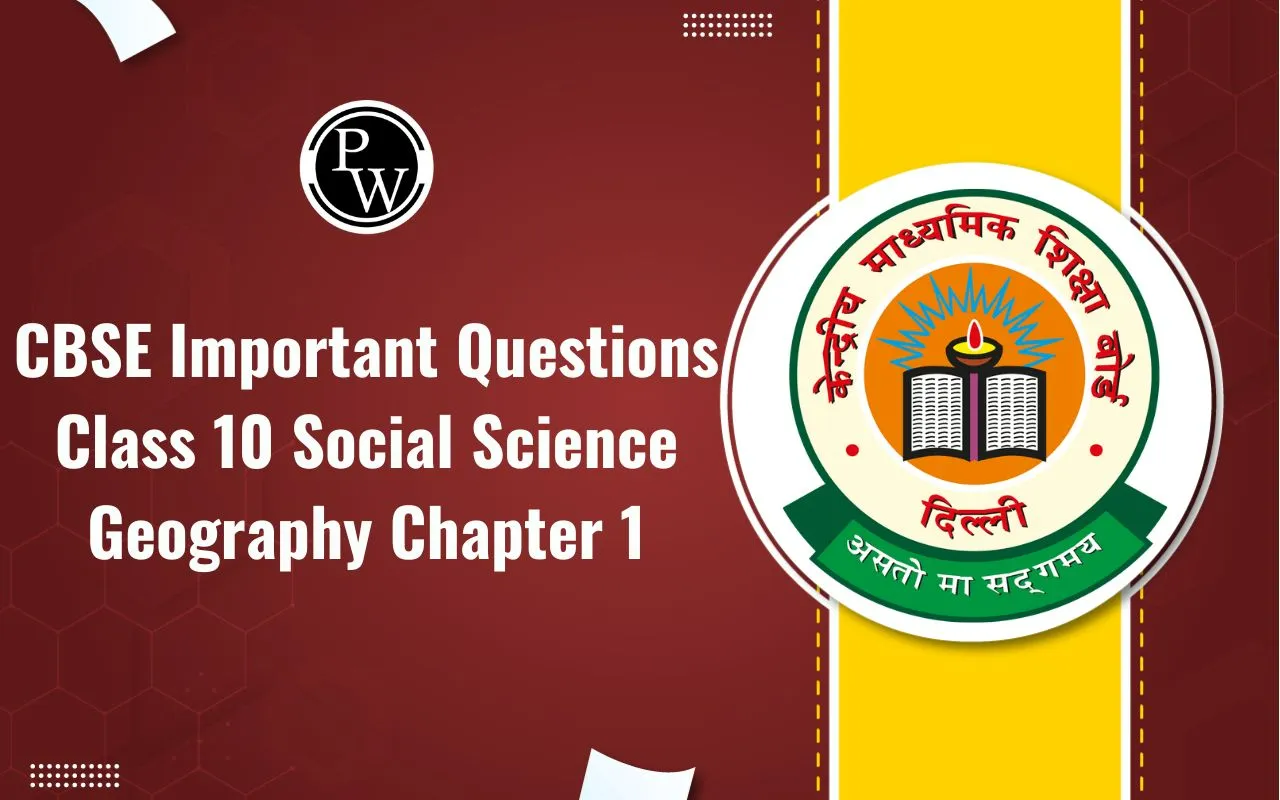
In Chapter 13 of Class 10 Science, candidates will be introduced to the magnetic fields and their connection to electromagnetic effects. Here, we learn about how electric currents create magnetism, leading to cool stuff like electromagnets and electric motors.
We look at how these devices work, see them in action, and understand how they rely on the interplay of electricity and magnetism. By exploring this, students get a glimpse into the amazing world of electromagnetism and its impact on our technology. Thus, get the detailed CBSE Class 10 Science Notes Chapter 13 below.CBSE Class 10 Science Notes Chapter 13 Overview
The prestigious Physics Wallah team has meticulously created notes to help students better understand Chapter 13 of Class 10 Science . Whenever candidates need them, they can download these notes, which are made to be easily understood. Physics Class 10 Magnetic Effects of Electric Current notes are available to assist students who are struggling to comprehend the magnetic effects of electric current or who want to do well on their final exams. Enroll in Physics Wallah's online Class 10 Science tuition to reach your full potential and do well on the CBSE board test.CBSE Class 10 Syllabus 2024-25
CBSE Class 10 Science Notes Chapter 13
In Class 10 Science, Chapter 13 explores magnetic fields and their link to electromagnetic effects. Check all the CBSE Class 10 Science Notes Chapter 13 below:-Magnetic Field and Field Lines
- Magnet

- Bar Magnet

- Magnetic Field
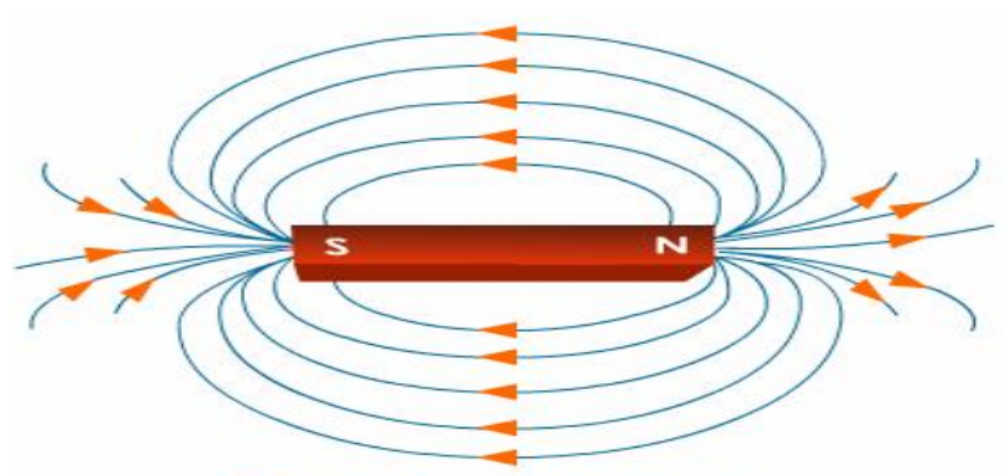
- Magnetic Field Lines
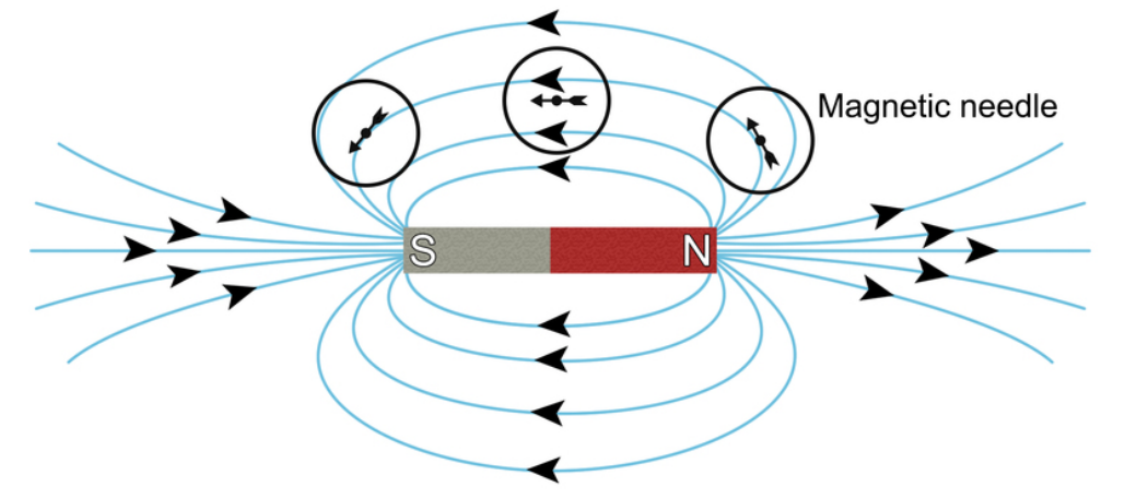
- Magnetic Field Lines for a Closed Loop
- Iron Filings Test around a Bar Magnet
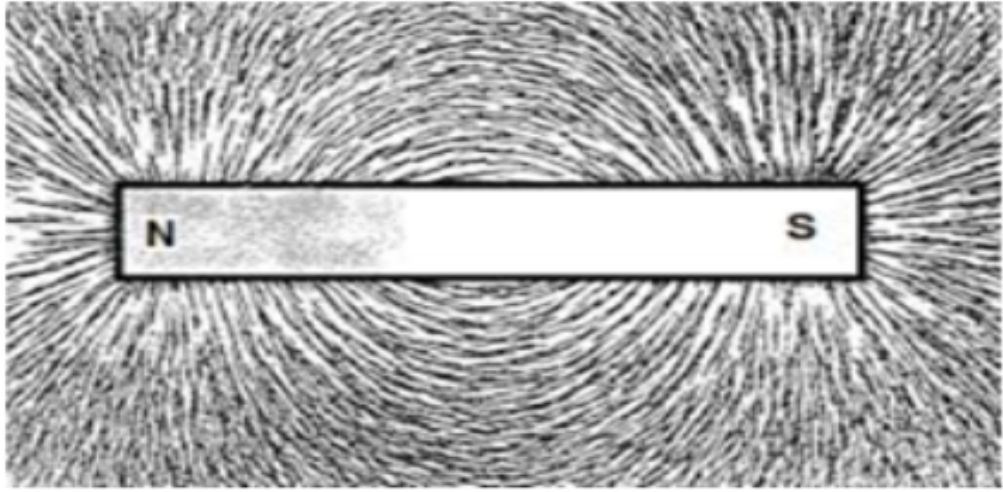
Magnetic Field Due to a Current Carrying Conductor
- Oersted’s Experiment

- Electromagnetism and Electromagnet
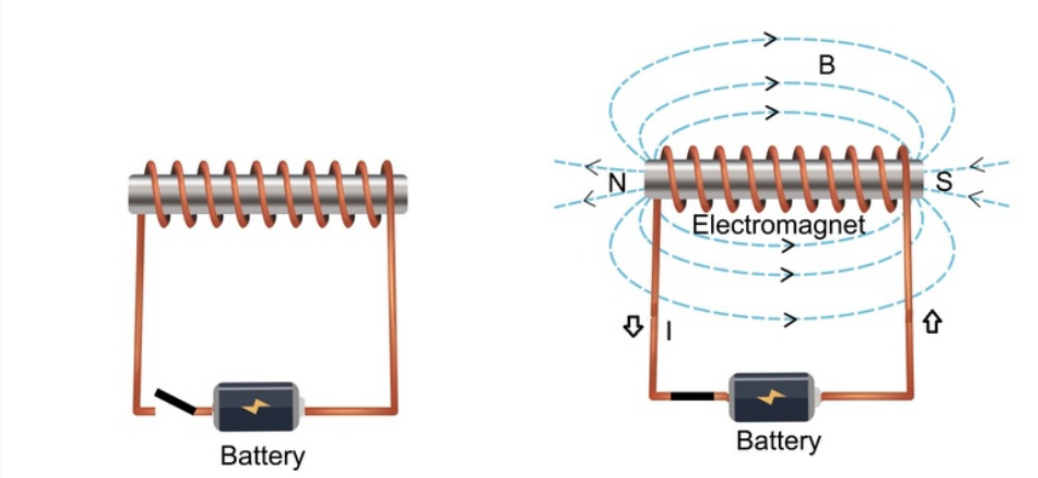
Magnetic Field Due to a Straight Current-Carrying Conductor
- Right-Hand Thumb Rule
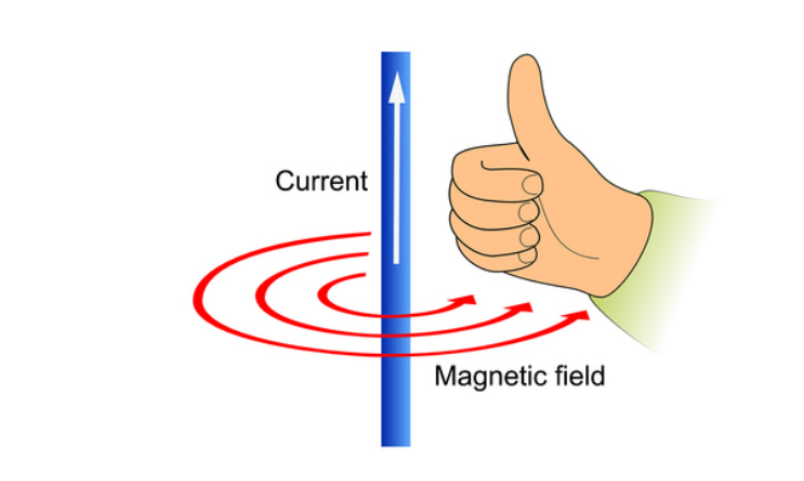
Field Due to Current through a Circular Loop
The Right-Hand Thumb Rule is handy not just for straight wires, but also for circular conducting wires made up of tiny straight segments. Every point along the wire with current creates a magnetic field that appears as straight lines at the center.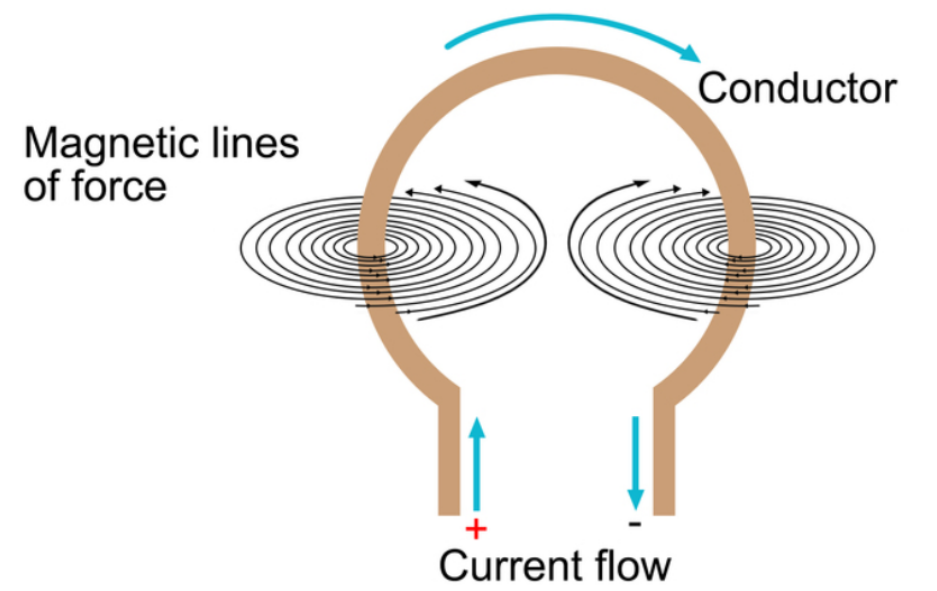
Magnetic Field Due to Current in a Solenoid
A solenoid is like a tightly wound coil of wire shaped like a cylinder. When electricity flows through it, something interesting happens: it acts just like a bar magnet, creating a magnetic field that looks a lot like the one around a bar magnet. To make this magnetic field even stronger, we often put a soft iron core inside the coil. This iron core boosts the strength of the magnetic field, making the solenoid even more powerful.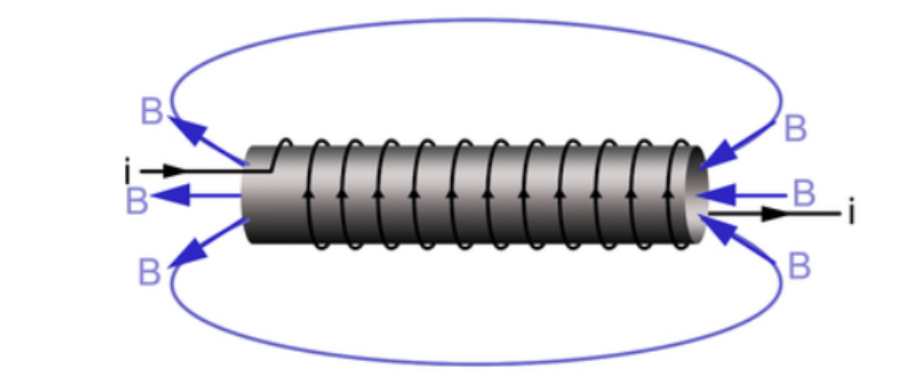
-
Force on a Current-Carrying Conductor in a Magnetic Field
- Ampere’s Experiment
- Fleming’s Left-Hand Rule
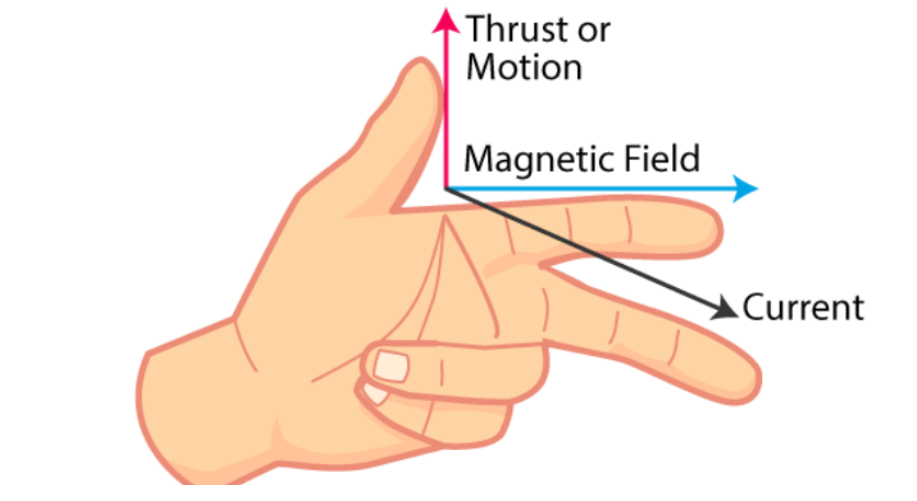
- Electric Motor
Electromagnetic Induction and Electric Generators
- Faraday’s Experiment
- Electromagnetic Induction
- Fleming’s Right-Hand Rule
- Electric Generator
Domestic Electric Circuits
- Fuse
- Domestic Electric Circuits
- Power Loss in Transmission
- Joule’s Law of Heating
CBSE Class 10 Science Notes Chapter 13 FAQs
What is electromagnetism?
Electromagnetism is a phenomenon where electric current flowing through a conductor generates a magnetic field around it. This magnetic field can be used to create electromagnets, which are temporary magnets produced by electric current.
How does a magnetic compass work?
A magnetic compass consists of a magnetised needle that aligns itself with the Earth's magnetic field. The needle points towards the Earth's magnetic north pole, which helps in determining directions.
What is the difference between a permanent magnet and an electromagnet?
A permanent magnet is a material that retains its magnetic properties without the need for an external magnetic field, whereas an electromagnet is a temporary magnet that only exhibits magnetic properties when an electric current passes through it.
What is the role of a commutator in an electric motor?
The commutator in an electric motor is responsible for reversing the direction of the electric current in the coil at specific intervals. This reversal ensures that the coil continues to rotate in the same direction, allowing the motor to function continuously.
How does electromagnetic induction work?
Electromagnetic induction is the process of generating an electromotive force (EMF) or voltage in a coil when there is a change in the magnetic field through the coil. This phenomenon is utilised in devices like generators to produce electricity.
🔥 Trending Blogs
Talk to a counsellorHave doubts? Our support team will be happy to assist you!

Check out these Related Articles
Free Learning Resources
PW Books
Notes (Class 10-12)
PW Study Materials
Notes (Class 6-9)
Ncert Solutions
Govt Exams
Class 6th to 12th Online Courses
Govt Job Exams Courses
UPSC Coaching
Defence Exam Coaching
Gate Exam Coaching
Other Exams
Know about Physics Wallah
Physics Wallah is an Indian edtech platform that provides accessible & comprehensive learning experiences to students from Class 6th to postgraduate level. We also provide extensive NCERT solutions, sample paper, NEET, JEE Mains, BITSAT previous year papers & more such resources to students. Physics Wallah also caters to over 3.5 million registered students and over 78 lakh+ Youtube subscribers with 4.8 rating on its app.
We Stand Out because
We provide students with intensive courses with India’s qualified & experienced faculties & mentors. PW strives to make the learning experience comprehensive and accessible for students of all sections of society. We believe in empowering every single student who couldn't dream of a good career in engineering and medical field earlier.
Our Key Focus Areas
Physics Wallah's main focus is to make the learning experience as economical as possible for all students. With our affordable courses like Lakshya, Udaan and Arjuna and many others, we have been able to provide a platform for lakhs of aspirants. From providing Chemistry, Maths, Physics formula to giving e-books of eminent authors like RD Sharma, RS Aggarwal and Lakhmir Singh, PW focuses on every single student's need for preparation.
What Makes Us Different
Physics Wallah strives to develop a comprehensive pedagogical structure for students, where they get a state-of-the-art learning experience with study material and resources. Apart from catering students preparing for JEE Mains and NEET, PW also provides study material for each state board like Uttar Pradesh, Bihar, and others
Copyright © 2025 Physicswallah Limited All rights reserved.
Get App



